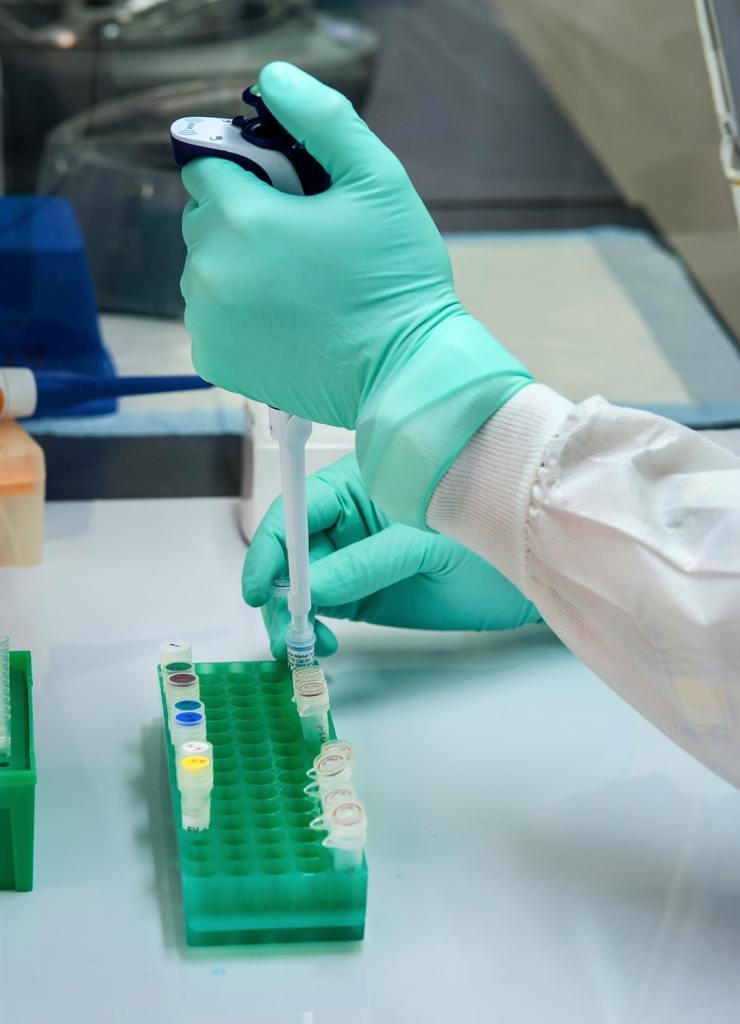
DNA sequencing is a way of determining the complete genetic sequence of an individual’s DNA. It contains any technique or method that is employed to determine the sequence of the four basic bases: cytosine, adenine, guanine and thymine.
There are various DNA sequence analysis methods that can be utilized to analyze DNA in human samples. DNA barcoding is a technique used to locate genetic resources. It involves sampling DNA samples from places where they are unlikely to occur naturally and then analyzing those samples for their unique genetic sequences. This website offers more information about DNA sequencing, take a look.
Other techniques used in analyzing DNA include: comparative genomics; whole genome sequencing; whole-genome shotgun sequencing; and resequencing. The primary goal of any analysis, whether it is DNA barcoding or comparative genomics, is to identify, classify, quantify, and classify the genetic patterns in DNA samples.
DNA sequencing has many advantages over traditional sequence analysis. First, it requires no special equipment, it costs very little, and it is accurate. Second, it can be performed at any time, which means that it can be done at home, in schools, or institutions. Third, it is relatively inexpensive and the results are often available online quickly.
Due to the recent advances in this field, there are many new technologies being developed. Some of these include: hybridization-based DNA detection (for hybridization-based hybridization); barcoding (for high-throughput testing); and transcriptomics (for RNA-Seq analysis).
Although these techniques have only recently begun to be applied to human genetic variation, the benefits are clear. Once properly implemented and optimized, they will greatly enhance our ability to study human genetic variation and provide significant information on the genetic structure and relationships among human populations.
The first of the major advantages of DNA sequencing is the accuracy of the results. The accuracy level depends on the equipment being used, the quality of the samples, and the sensitivity of the analyzer. The accuracy of any given analysis will be affected by all three factors combined. The less sensitive the analyzer, the more expensive and the lower the accuracy will be. You can visit this site: midilabs.com to learn more about DNA sequencing.
Accuracy also depends on the number of samples required. In addition, the accuracy of any analysis is usually influenced by the number of sequence loci being tested. This is why there are so many different sequencing strategies available.
The next of the major advantages of DNA sequencing technology is that it is still in development stage, and many improvements and developments have yet to occur. It will continue to advance in its use in the future.
Because of this, it will become increasingly important to be aware of the different techniques that can be utilized in DNA sequencing and how to interpret the results. As technology advances, the accuracy and precision of results will improve. Check out this related post https://www.encyclopedia.com/science-and-technology/biology-and-genetics/biology-general/nucleotide-sequencing to get more enlightened on the topic.

